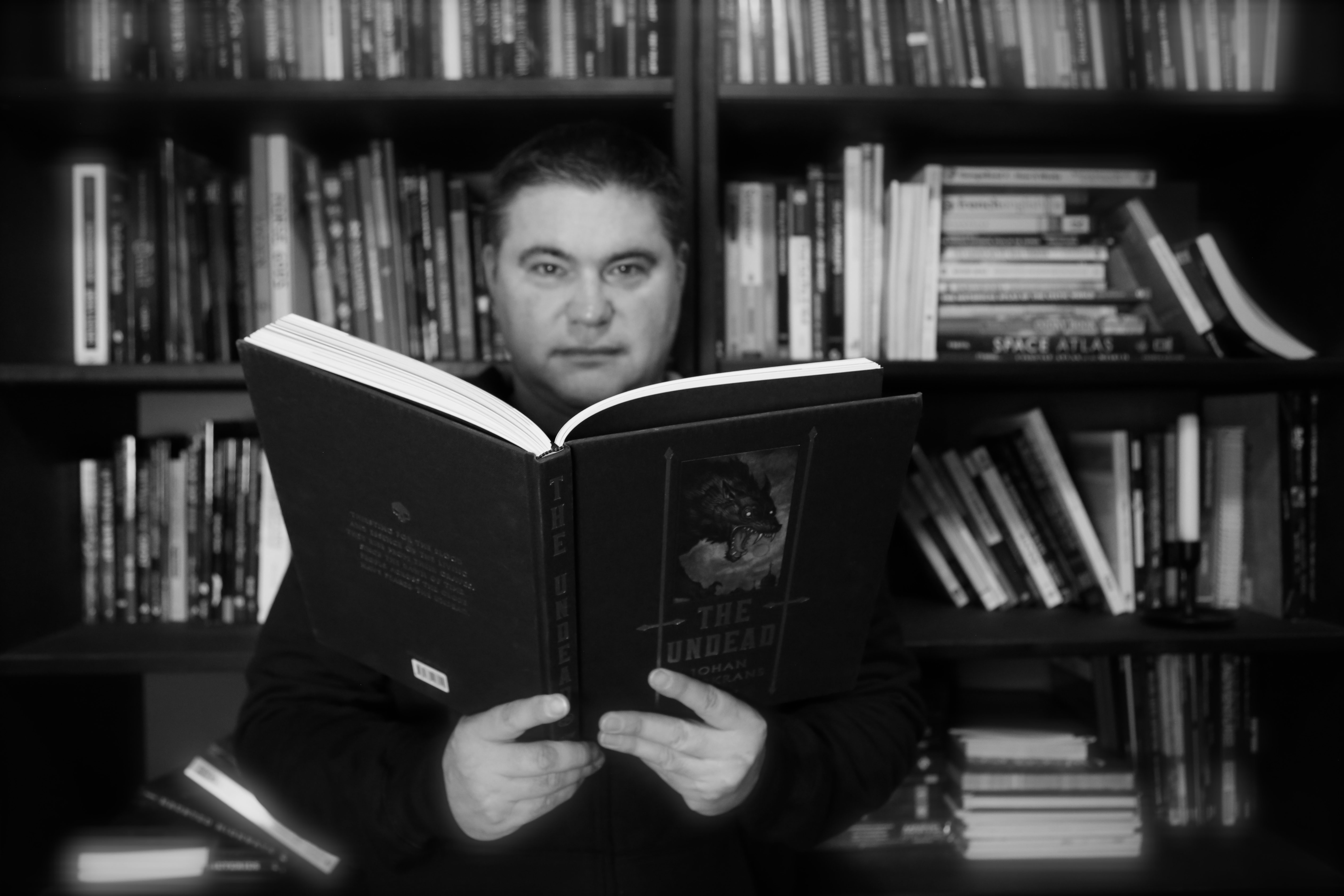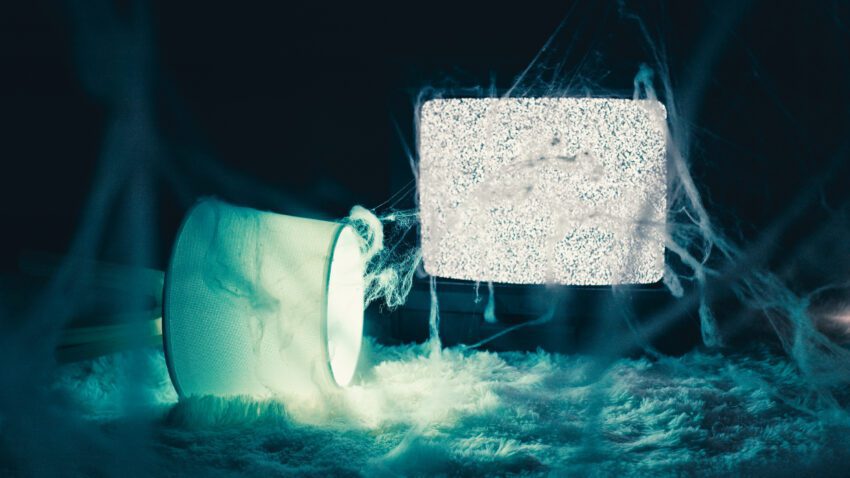
Clues vs. Evidence: How To Think Like A Cozy Ghost Hunter
Every haunting starts with clues. But only careful observation, documentation, and testing can turn those clues into real evidence. Get the scoop after the jump.
Listen To Clues Versus Evidence Podcast Episode
Table of contents
This post’s goal is to help ghost hunters understand the difference between clues and evidence, why it matters, and how thinking like a cozy ghost hunter improves your credibility and accuracy of an investigation.
Like every mystery, everything starts with clues. But only careful observation, documentation, and testing can turn those clues into real evidence. And evidence helps you solve the case.
What’s a Clue?

A clue is something that suggests a lead, pattern, or coincidence that points to something bigger. Heck, a hunch can be a clue. All of these set you on a direction for further investigation.
Here are few examples of clues:
- A door that always creaks at midnight.
- EMF spikes near the same corner every night.
- A witness saying they saw a shadow near the staircase.
In a nutshell, clues trigger your curiosity to find out more, and when multiple clues can form a pattern. And patterns help you form new theories and hypotheses to become the foundation of your case or mystery.
An example from Ghostly Activities’ case file, The Old Courthouse Inn:
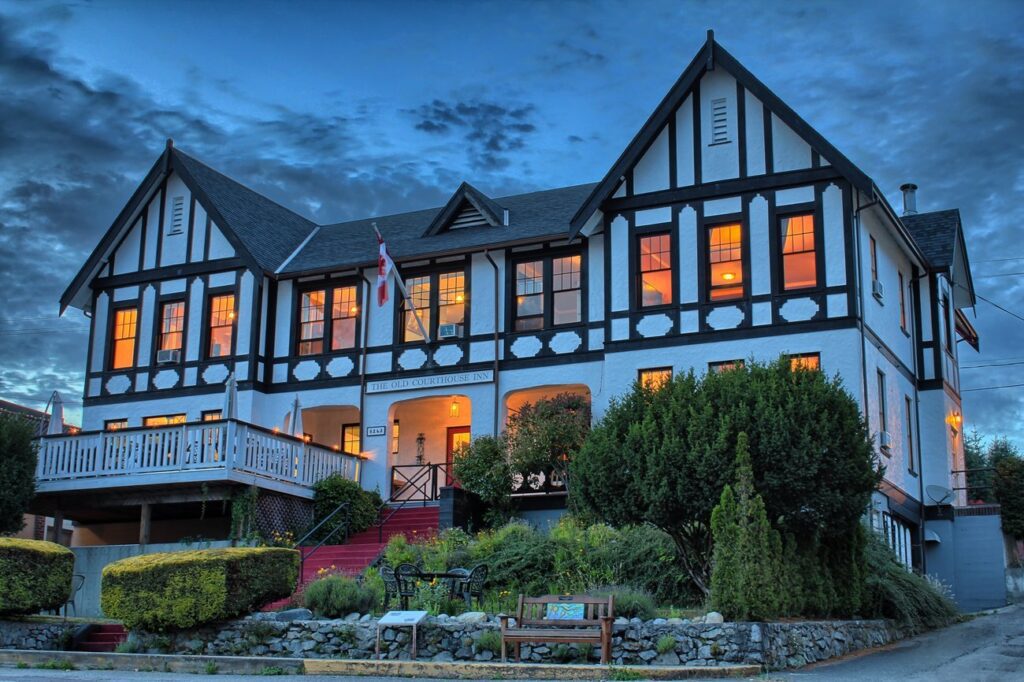
Shadow Figure in Room 6
At the Old Courthouse Inn, a shadow figures would peek out from the bathroom in Room 6. Witnesses (and yours truly) saw them lurking, heard phantom footsteps, and watched the room door open . So, the clues include a shadow figure, footsteps, and the door opening.
These clues set up an experiment in Room 6 that included motion detectors (for footseps), infrared video filming (for shadows), and the Estes method (to communicate).
What’s Evidence?
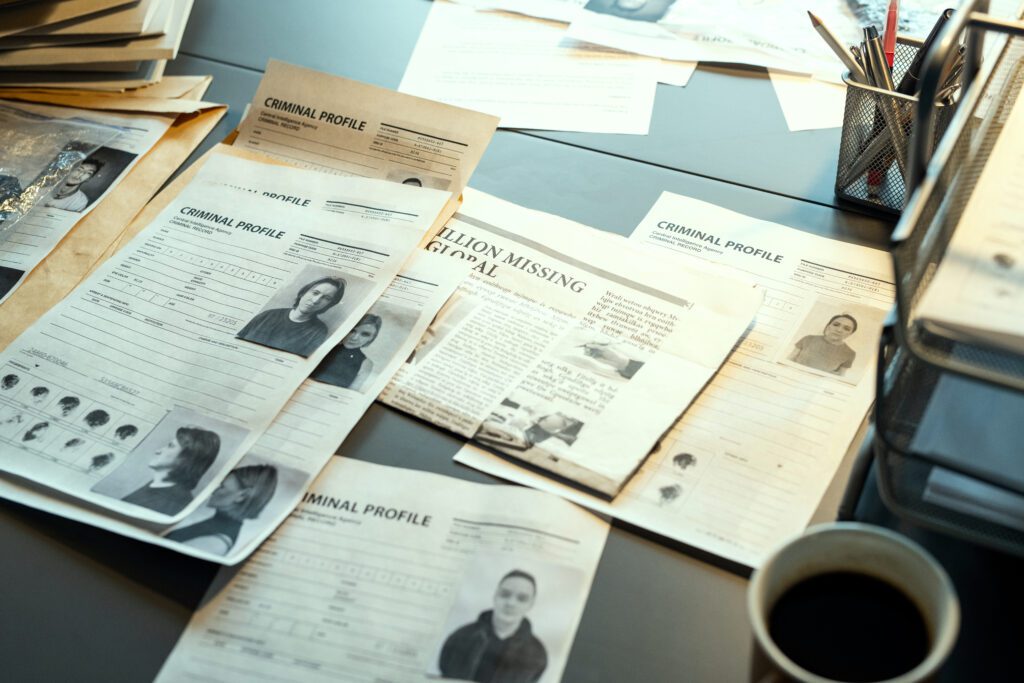
Evidence is simply a piece of data you can document, analyze, and potentially reproduce. You can measure it, verify it, capture it, and/or corroborate it with witnesses. As you can guess from this definition, so clues can directly become evidence once you’ve captured it.
Here are some examples:
- An EVP that repeats a clear phrase across multiple sessions.
- A thermal image showing a consistent cold mass matching witness reports.
- Time-synced sensor readings (EMF, motion, temperature).
Also, have your team or another person check out what you’ve documented. That’s a peer review, and it’s always a good idea to have someone else check your work. Two minds are better than one, after all.
Back to the Old Courthouse Inn case file for the evidence that came from the earlier clues:
Evidence from Room 6
The experiments captured more than I thought: The cameras caught movement in the bathroom (a curtain flipped), the sound of footsteps approaching the camera, and the Flux2 alerting me that something went by its left side.
Later that night, I used the Estes Method. The cameras caught a ghost light moving to my left side and forming a cold spot. I also got a name, Larry.
So, most of the clues led me to a ghostly manifestation that were captured, documented, and peer reviewed by my ghost hunting club.
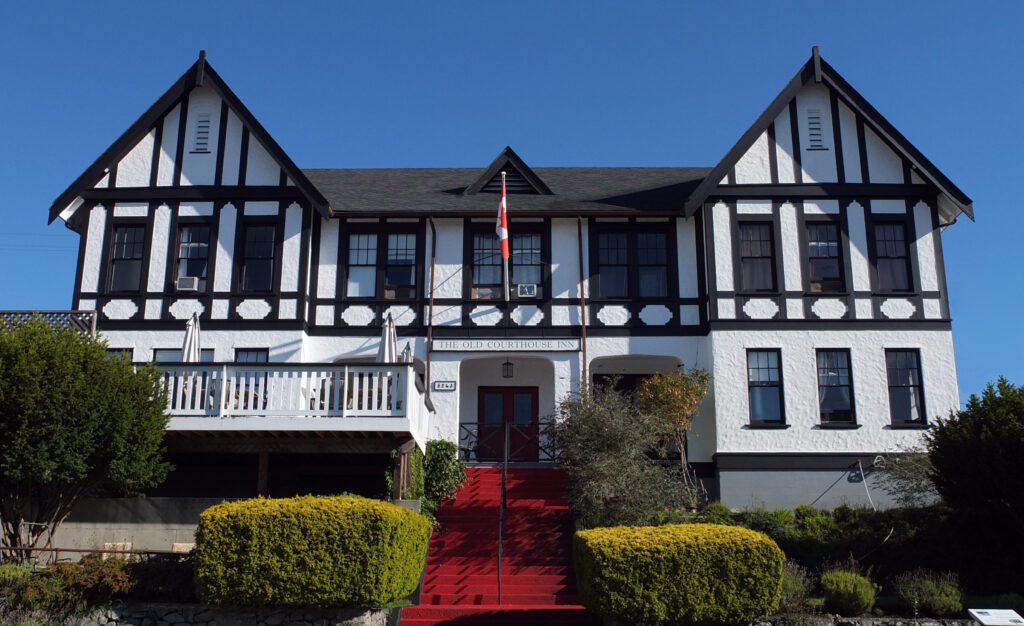
How Clues Become Evidence

The transformation process:
- Notice the anomaly (clue).
- Record it repeatedly under similar conditions.
- Correlate it with other data or witness reports.
- Verify it through testing or controlled observation.
Imagine this: Hearing whispers in a hallway → setting up audio recorders → capturing repeated voices → reviewing data for patterns → confirming a possible EVP.
Turning clues into evidence takes patience, discipline and commitment, and it will be worthwhile. Once you have that smoking gun evidence, you can solve the mystery, close the case, sip some coffee, and publish your report. Solving haunted mysteries delivers major satisfaction. It’s that feeling that keeps me going.
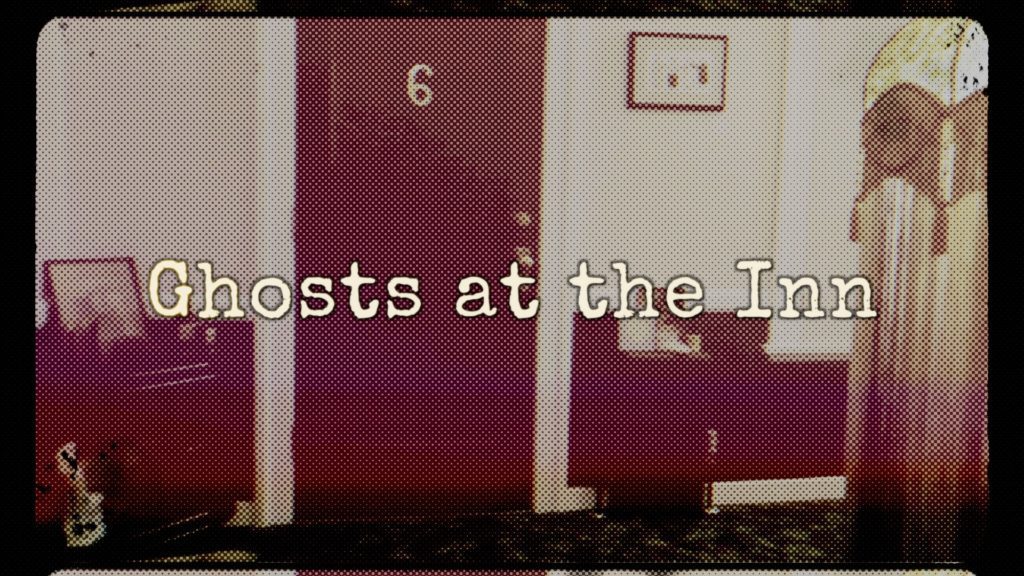
Solving The Room 6 Mystery
With the name and additional historic sleuthing, the club came back with 2 possible ghosts of interest.
One ghost worked at the hotel back when it was a provincial building. The other ghost worked at the hospital across the street.
We went with the Larry in the provincial building because he worked there for at least 10 years and his office was where Room 6 is today. This Larry had the motive to haunt the inn.
Why Verifying Clues Matters

This is going to sound a little strange, but … don’t be afraid to throw out clues. For one thing, it helps build your credibility for calling out events that have a natural explanation. Debunking, as the ghost hunting community calls it, helps you focus on the leads that will help you with your case.
Throwing out clues will also help your team communication because they will know what stage of discovery they’re in. It also simplifies your documentation and reporting: You have less ‘junk’ to explain.
But the biggest thing verification does is reduce/eliminate confirmation bias. You’ve proven not every spooky thing that happens is ghostly.
Debunking Phantom Doors
During the Old Courthouse Inn investigation, I checked out the reports of phantom doors opening and closing. Witnesses reported the sound of doors throughout the building.
So, I went on vigil (which means a long-term session) in a crawlspace.
Over the night, I did hear the phantom creaking of doors opening or closing.
… and it was the classic, “It’s the pipes!” debunk.
When the radiant heat came on, the hot pipes warmed the cold floorboards … and they creaked when the wood expanded.
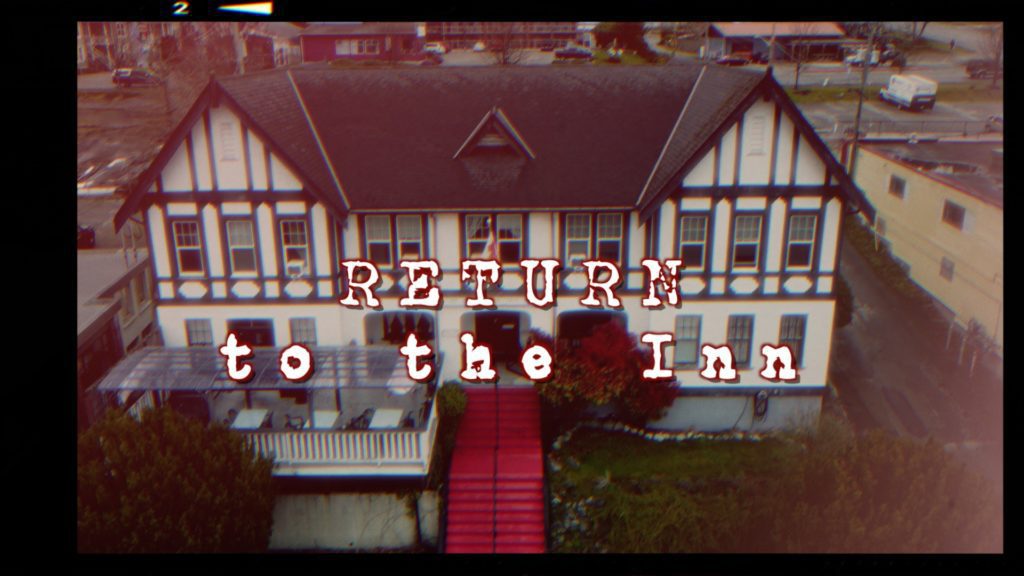
Clue vs. Evidence Takeaways

Supernatural sleuthing (a.k.a. cozy ghost hunting) begins with clues. They provide the intrigue and build the curiosity you need to begin your detective work.
Along the way, you’ll reach dead ends and question if you even have a case. But don’t give up. Go back and re-examine what you have, what you’re missing, and what dots you can connect.
You’d be surprised by how often the dots relate to each other … and open up even more clues to verify.
Now, you have evidence. Evidence will lead you to a resolution, which means solving your case. But it doesn’t end there.
None of your sleuthing matters unless you publish a report. Because that’s what a professional does.
Do you have any examples of clues becoming evidence? Let me know in the comments below.
Thanks for reading Ghostly Activities. Much appreciated and take care!
